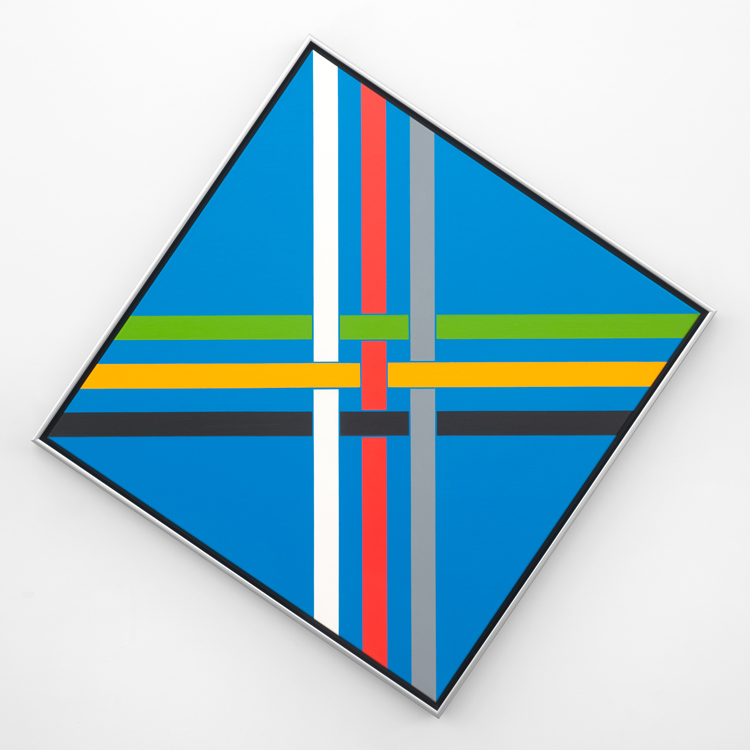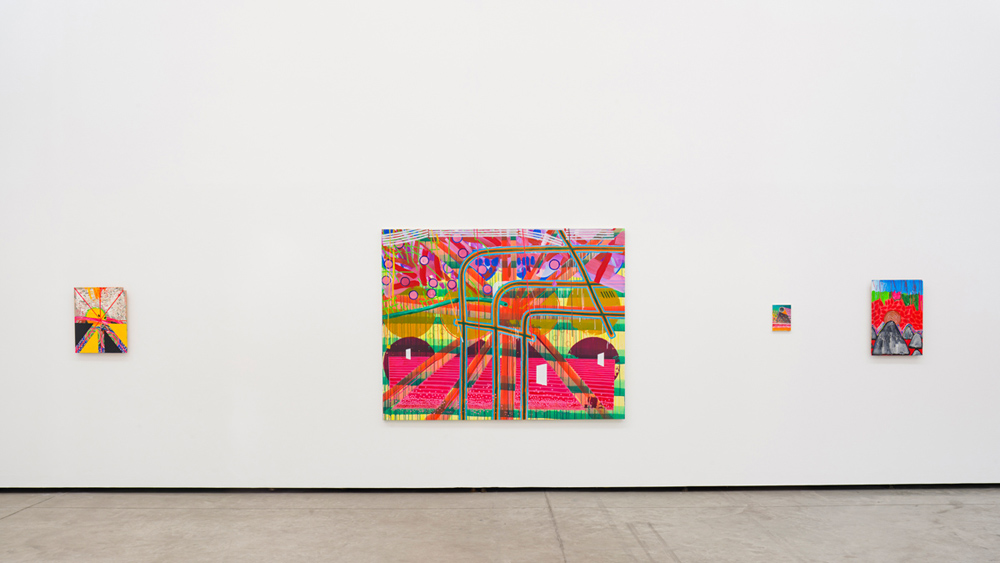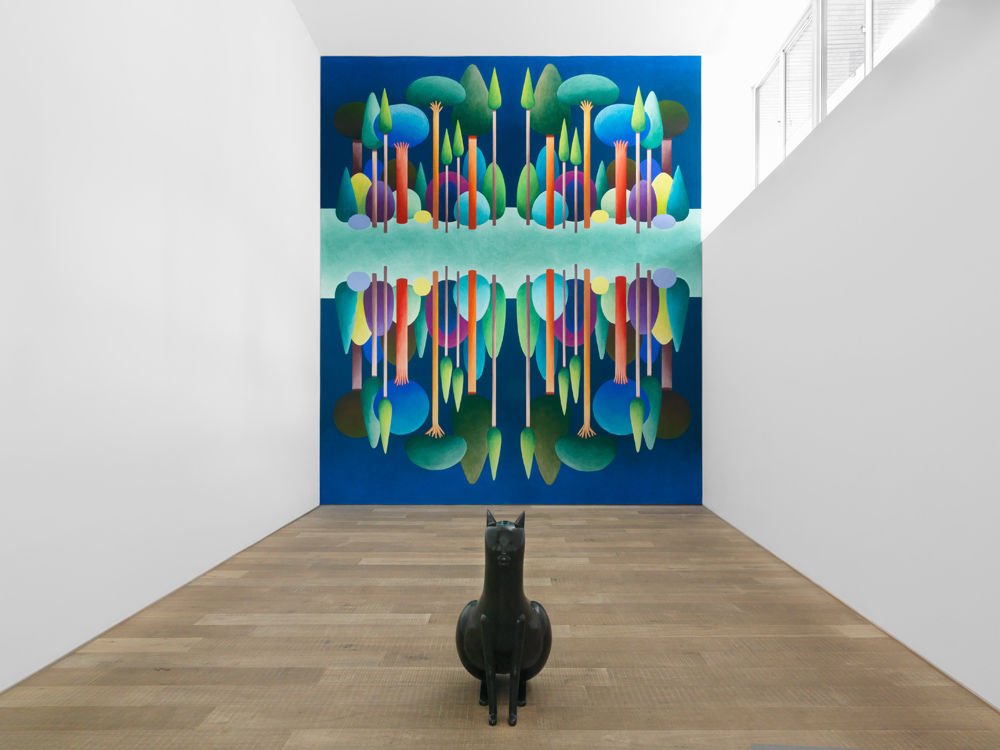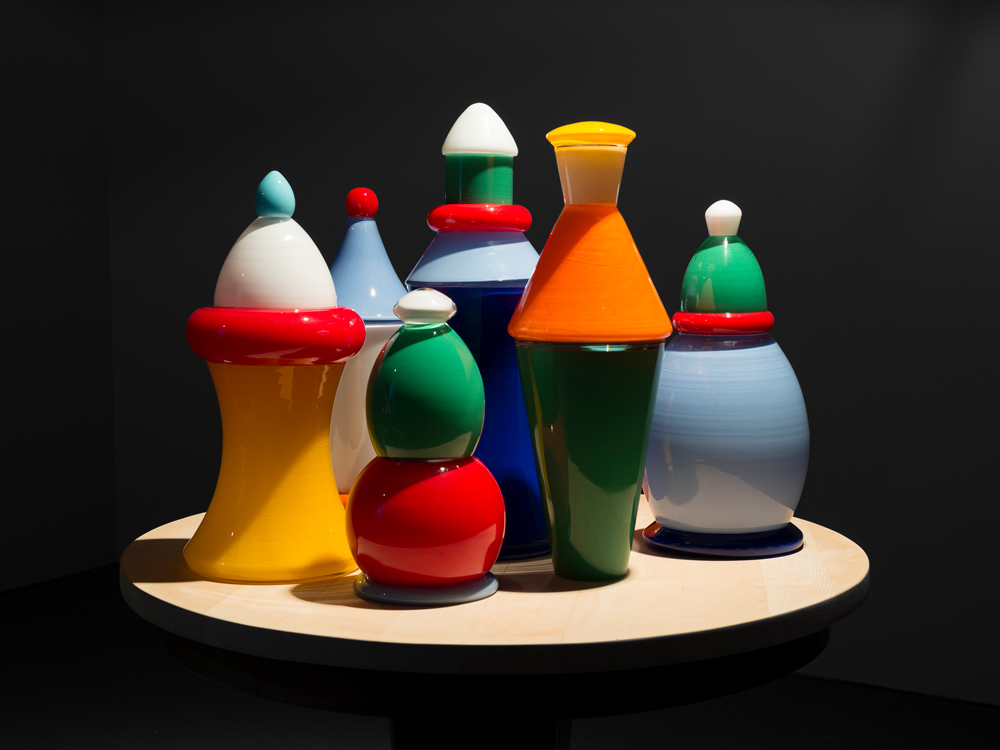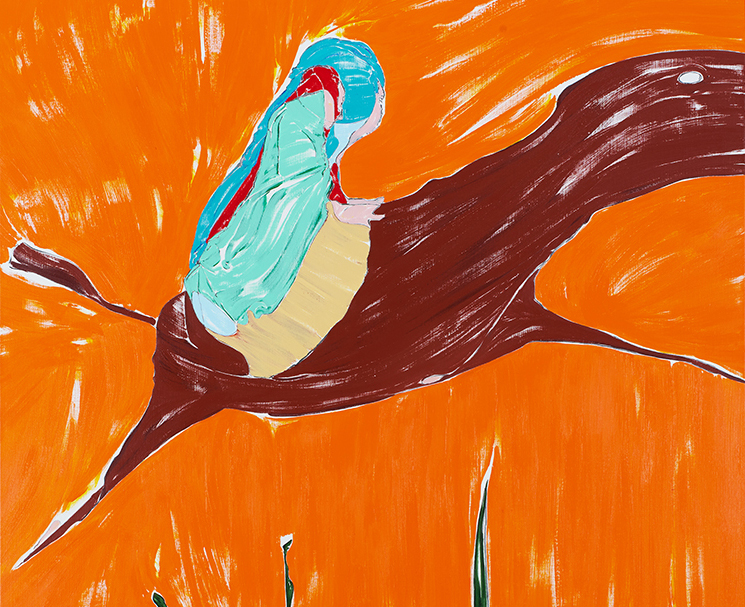Posted on
2017-06-05
Approaching his practice as a “seismograph” of the world around him, Schütte deals in ambiguity and paradox. His sculptures, architectural models, watercolors, and photographs, which have transformed in scale and medium over the last 40 years, repeatedly return to certain motifs. Within this realm, there is one concept that is invariably applied to Schütte’s work regardless of subject matter or material: his sharp observation and interpretation of the human condition. For this exhibition of work created over the last six years, Schütte revisits familiar themes, including human countenances, groupings of figures, and architectural studies. Unrestricted by medium or dimensions, his pieces are rendered in steel, Murano glass, bronze, and ceramic, in forms ranging from small tabletop models to woodcuts to looming sculptures. In this selection, Schütte directs his attention towards the otherness of the face and the body: whether as authoritative grotesques or modernist abstractions, he navigates reductions in form to achieve studies that are fragmented, silent and singular, even when presented in groups. What ultimately remains is the essence of the figure as a reflection of some perceived characteristic only the artist is privy to. There is always a touch of tenderness in the grotesque, strength in the vulnerable, and humor in the monstrous. What is startling, and at the same time reassuring, is that the work doesn’t mirror life in the black and white terms of contemporary pop culture imagery. Rather, Schütte’s work strikes a harmonious balance between the nuances of our precarious reality and the figures that he has shaped as a reflection of our existence within it.
Opposite – Gartenzwerge (Glas), 2017
Exhibition runs through to June 7th, 2017
Carlier / Gebauer
Markgrafenstraße 67
D-10969 Berlin
Germany
www.carliergebauer.com
